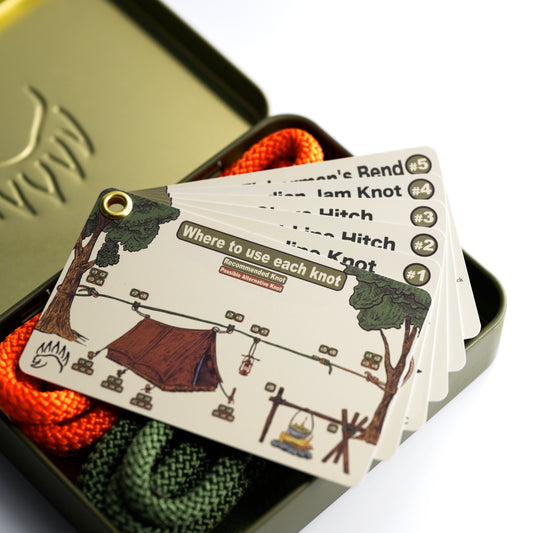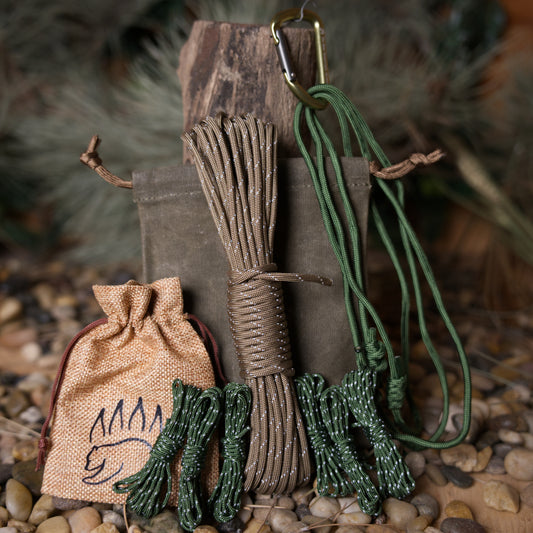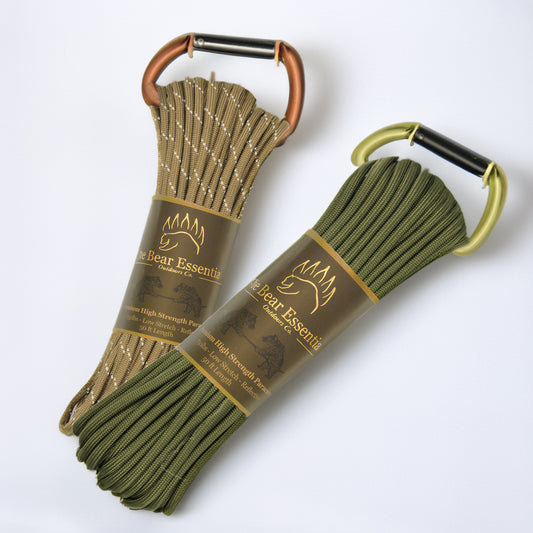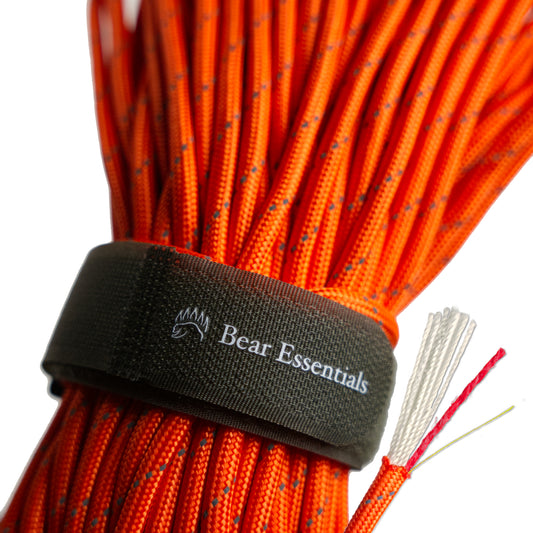How to Tie the Safety Remote Release Hitch (Bell Ringer's Knot)
Usage
The Safety Remote Release Hitch, also known as the Bell Ringer's Knot, is commonly used to secure a rope to an object with a quick-release mechanism in hoisting, bushcraft, and utility tasks, enhanced by a safety tuck. Compared to the Remote Release Hitch, it’s more secure due to the added tuck, preventing accidental release. Its hands-free untying is valued, but it requires precise tying. This knot is a favorite for controlled rigging.
Why Learn the Safety Remote Release Hitch?
Its safety tuck ensures secure, controlled release. This knot is a go-to for reliable, temporary ties in dynamic settings.
Common Uses
-
Hoisting:
- Secures ropes for lifting gear with controlled release.
- Attaches loads to pulleys for safe, quick detachment.
-
Bushcraft:
- Ties temporary shelters or gear with secure release.
- Secures animal leads, untying with a controlled tug.
-
Utility:
- Fastens ropes to posts for short-term, secure tasks.
- Creates quick-release ties for household rigging.
ABOK Number
(Ashley Book of Knots)
Other Names
Category
|
Notable Features
- Secure Hold: Safety tuck prevents accidental untying.
- Quick Release: Unties with a tug, hands-free when needed.
- Versatile Use: Suits hoisting, bushcraft, or utility rigging.
- Minimal Rope Use: Creates an effective hitch with little cord.
- Field-Friendly: Works in rugged conditions with practice.
Variations
It builds on the Remote Release Hitch (ABOK 172-a) by adding a safety tuck or overhand knot. Removing the tuck reverts it to the standard Remote Release Hitch, sacrificing security for faster release.
Similar Knots
Remote Release Hitch vs. Safety Remote Release Hitch
- Pros: Simpler and faster to release for non-critical ties.
- Cons: Less secure, prone to accidental untying without the safety tuck.
Tumble Hitch vs. Safety Remote Release Hitch
- Pros: Also quick-release and simpler to tie.
- Cons: Less secure and lacks the safety tuck for controlled release.
History
The Safety Remote Release Hitch, referenced in The Ashley Book of Knots (#172-b), likely evolved from the Remote Release Hitch (#172-a) in maritime and bell-ringing contexts where secure yet releasable ties were needed. The safety tuck addressed the risk of accidental release, making it suitable for hoisting and animal handling. Its modern use in bushcraft and utility tasks highlights its reliability for controlled, temporary ties.
Security Level
The Safety Remote Release Hitch provides reliable holding for light to moderate loads when tied with a proper safety tuck, offering greater security than the standard version. It performs best with textured ropes and consistent tension. For heavy or critical loads, a more secure knot like the Anchor Hitch is recommended to ensure stability.
Downsides
- Slower release: Safety tuck slightly delays untying compared to the standard version.
- Slipping risk: May loosen with slick ropes or improper tuck tension.
Structure
- Pass the rope around the object (e.g., post or ring).
- Form a loop with the working end and pass it over the standing line.
- Pull the loop through to create a slip knot around the object.
- Add a safety tuck by passing the working end through the slip loop again or tying an overhand knot.
- Tighten the hitch and test by tugging the standing line to ensure controlled release.
Pro Tip: Ensure the safety tuck is snug to prevent premature release. Use a textured rope like nylon for better grip on the object. Practice the release motion to confirm it works smoothly without snagging.
FAQ
Is the Safety Remote Release Hitch strong enough for hoisting?
Yes, for light to moderate loads with a secure tuck, but avoid critical tasks.
What’s the best rope for the Safety Remote Release Hitch?
Nylon or polyester ropes with good grip, like 6–8mm, work well.
How does the Safety Remote Release Hitch compare to the Remote Release Hitch?
The Safety version is more secure but slower to release due to the tuck.
Can the Safety Remote Release Hitch be used in bushcraft?
Yes, it’s great for temporary shelters or secure animal leads with controlled release.
Why choose the Safety Remote Release Hitch over a Tumble Hitch?
It’s more secure with the safety tuck, though slightly more complex to tie.
Important Notes on Safety
Common failure points include a loose safety tuck or insufficient tension, which can cause slipping or premature release. Always verify the hitch and tuck are secure before use, and avoid critical loads.
Check the rope for wear or slickness before tying.
Ensure the safety tuck is tight to prevent accidental release.
Practice in low-stakes settings to master tying and releasing.







